ADC120 Converter:Datasheet, Application, Pinout
12 Bit ADC 16-TSSOP (0.173, 4.40mm Width)
This article will unlock more detailed information about ADC120, a low-power, eight-channel pure CMOS 12-bit analogue-to-digital converter.

ADC120 Evaluation Tools: 12-bit A/D Converter
ADC120 Pinout

Pinout
ADC120 CAD Model
Symbol
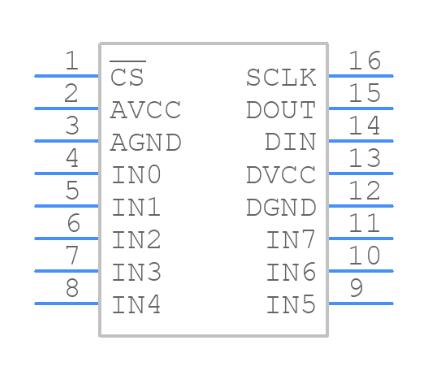
Symbol
Footprint
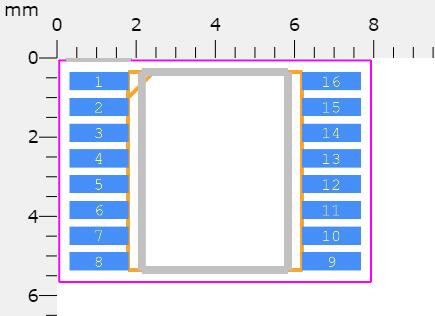
Footprint
3D Model
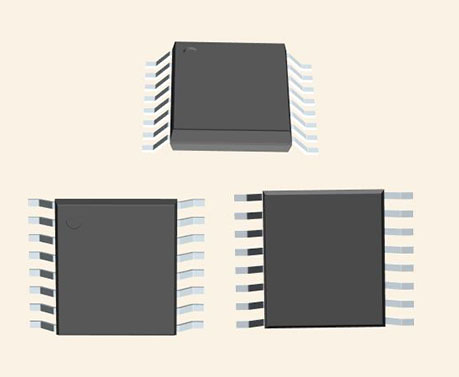
3D Model
ADC120 Description
The ADC120 is a low-power, eight-channel pure CMOS 12-bit analogue-to-digital converter specified for conversion from 50 ksps to 1 Msps, tested at 1 Msps. The architecture is based on a successive approximation register with an internal track and hold cell. The ADC120 features 8 single-ended multiplexed inputs. The output serial data is straight binary and is SPI™ compatible.
Specifications
- TypeParameter
- Factory Lead Time18 Weeks
- Mounting Type
The "Mounting Type" in electronic components refers to the method used to attach or connect a component to a circuit board or other substrate, such as through-hole, surface-mount, or panel mount.
Surface Mount - Package / Case
refers to the protective housing that encases an electronic component, providing mechanical support, electrical connections, and thermal management.
16-TSSOP (0.173, 4.40mm Width) - Operating Temperature
The operating temperature is the range of ambient temperature within which a power supply, or any other electrical equipment, operate in. This ranges from a minimum operating temperature, to a peak or maximum operating temperature, outside which, the power supply may fail.
-40°C~125°C - Packaging
Semiconductor package is a carrier / shell used to contain and cover one or more semiconductor components or integrated circuits. The material of the shell can be metal, plastic, glass or ceramic.
Tape & Reel (TR) - Part Status
Parts can have many statuses as they progress through the configuration, analysis, review, and approval stages.
Active - Moisture Sensitivity Level (MSL)
Moisture Sensitivity Level (MSL) is a standardized rating that indicates the susceptibility of electronic components, particularly semiconductors, to moisture-induced damage during storage and the soldering process, defining the allowable exposure time to ambient conditions before they require special handling or baking to prevent failures
1 (Unlimited) - Configuration
The parameter "Configuration" in electronic components refers to the specific arrangement or setup of the components within a circuit or system. It encompasses how individual elements are interconnected and their physical layout. Configuration can affect the functionality, performance, and efficiency of the electronic system, and may influence factors such as signal flow, impedance, and power distribution. Understanding the configuration is essential for design, troubleshooting, and optimizing electronic devices.
MUX-S/H-ADC - Number of Bits12
- Input Type
Input type in electronic components refers to the classification of the signal or data that a component can accept for processing or conversion. It indicates whether the input is analog, digital, or a specific format such as TTL or CMOS. Understanding input type is crucial for ensuring compatibility between different electronic devices and circuits, as it determines how signals are interpreted and interacted with.
Single Ended - Architecture
In electronic components, the parameter "Architecture" refers to the overall design and structure of the component. It encompasses the arrangement of internal components, the layout of circuitry, and the physical form of the component. The architecture of an electronic component plays a crucial role in determining its functionality, performance, and compatibility with other components in a system. Different architectures can result in variations in power consumption, speed, size, and other key characteristics of the component. Designers often consider the architecture of electronic components carefully to ensure optimal performance and integration within a larger system.
SAR - Number of Inputs8
- Data Interface
A Data Interface in EDQ is a template of a set of attributes representing a given entity, used to create processes that read from, or write to, interfaces rather than directly from or to sources or targets of data.
SPI - Voltage - Supply, Analog
Voltage - Supply, Analog is a parameter in electronic components that specifies the range of voltage levels required to power the analog circuitry within the component. This parameter indicates the minimum and maximum voltage levels that the component can accept for proper operation of its analog functions. It is crucial to ensure that the voltage supplied to the component falls within this specified range to prevent damage and ensure optimal performance. Understanding and adhering to the "Voltage - Supply, Analog" parameter is essential for the proper functioning of analog circuits in electronic components.
2.7V~3.6V - Voltage - Supply, Digital
Voltage - Supply, Digital is a parameter that specifies the voltage level required to power the digital circuitry within an electronic component, such as an integrated circuit or a microcontroller. This parameter is crucial for ensuring proper operation of the digital components, as supplying the correct voltage level is essential for reliable performance. The specified voltage range typically includes both minimum and maximum values within which the component can operate safely and efficiently. It is important to adhere to the recommended voltage supply range to prevent damage to the component and to maintain the integrity of the digital signals being processed.
2.7V~3.6V - Sampling Rate (Per Second)
The sampling rate (per second) in electronic components refers to the frequency at which an analog signal is measured or sampled to convert it into a digital signal. It is typically expressed in Hertz (Hz) and indicates how many times per second the analog signal is sampled. A higher sampling rate allows for better representation of the original signal, capturing more detail and reducing distortion during the conversion process. In audio applications, for example, common sampling rates include 44.1 kHz for CD-quality audio and 48 kHz for video production.
1M - Number of A/D Converters1
- Ratio - S/H:ADC
The parameter "Ratio - S/H:ADC" in electronic components refers to the ratio between the sample and hold (S/H) circuit and the analog-to-digital converter (ADC) in a system. The sample and hold circuit is responsible for capturing and holding the input signal at a specific moment in time, while the ADC converts this analog signal into a digital format for processing. The ratio between the S/H and ADC components is important as it determines the accuracy and speed of the analog-to-digital conversion process. A higher ratio typically indicates a more precise and efficient conversion process, leading to better overall performance of the electronic system. Engineers often consider this parameter when designing and optimizing electronic circuits to ensure reliable and high-quality signal processing.
1:1 - RoHS Status
RoHS means “Restriction of Certain Hazardous Substances” in the “Hazardous Substances Directive” in electrical and electronic equipment.
ROHS3 Compliant
ADC120 Features
• 50 ksps to 1 Msps conversion rate
• 8-to-1-channel input MUX
• 3.3 V operating supply
• Pure CMOS
• Very low consumption
• SPI, serial digital output
• Power-down function
ADC120 Application
ADC120 Block Diagram
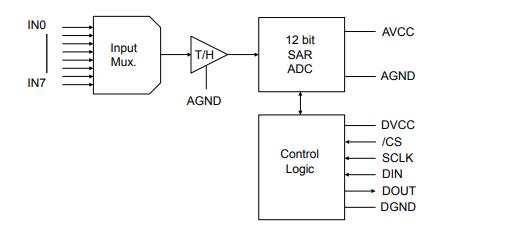
Block Diagram
ADC120 Package
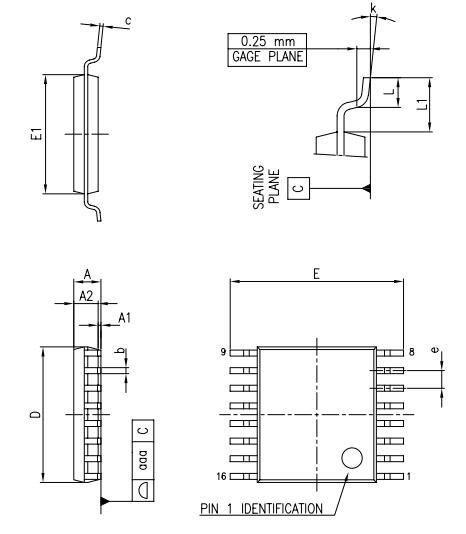
Package
ADC120 Manufacturer
STMicroelectronics is a French-Italian multinational electronics and semiconductors manufacturer headquartered in Plan-les-Ouates near Geneva, Switzerland. ST believes the future should not be in the labs of a few, but in the hands of the many and we believe in open ecosystems and a partnership approach. ST provides easy-to-use software development tools, design kits, and support educational initiatives to make our technologies accessible to more engineers and enthusiasts today.
Datasheet PDF
- Datasheets :
Popularity by Region
What is ADC120?
The ADC120 is a low-power, eight-channel pure CMOS 12-bit analogue-to-digital converter specified for conversion from 50 ksps to 1 Msps, tested at 1 Msps. The architecture is based on a successive approximation register with an internal track and holding cell. The ADC120 features 8 single-ended multiplexed inputs. The output serial data is straight binary and is SPI™ compatible.
What does the ADC120 feature?
The ADC120 features 8 single-ended multiplexed inputs.
What package does the ADC120 come?
The ADC120 comes with plastic TSSOP-16.
What about the ambient temperature of the ADC120?
It can operate from -40 °C to +125 °C ambient temperature.
 LP5912-3.3DRVT LDO Regulator Pos, 1.8V 0.5A 6-Pin WSON EP T/R and 500mA Low-Noise
LP5912-3.3DRVT LDO Regulator Pos, 1.8V 0.5A 6-Pin WSON EP T/R and 500mA Low-Noise14 February 20221567
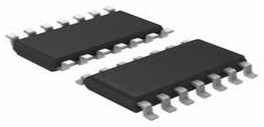 CD40106BC Hex Schmitt Trigger: Pinout, Features and Datasheet
CD40106BC Hex Schmitt Trigger: Pinout, Features and Datasheet27 May 20221563
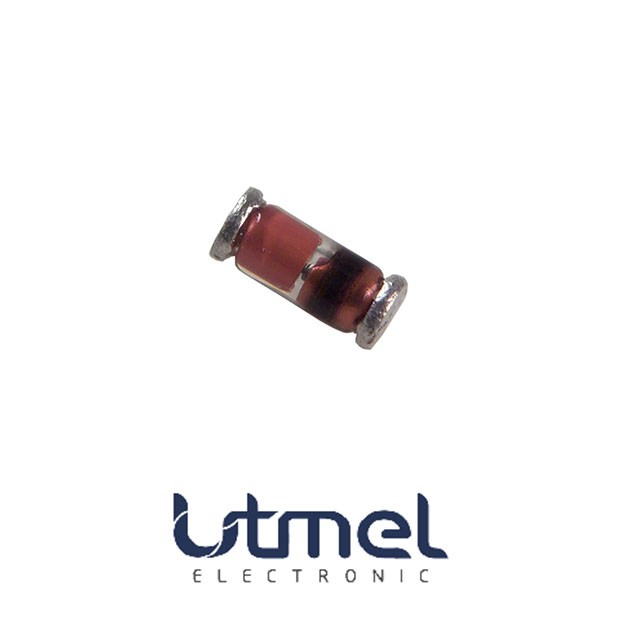 LL4148-GS08:Discrete Semiconductor Products Diodes
LL4148-GS08:Discrete Semiconductor Products Diodes17 April 2025334
 2N3771 Transistor: 2N3771 NPN Power Transistor, Datasheet, Pinout
2N3771 Transistor: 2N3771 NPN Power Transistor, Datasheet, Pinout22 January 20222145
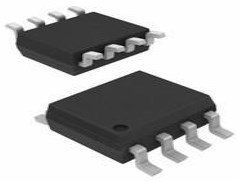 AT24C512C I²C Serial EEPROM: Pinout, Equivalent and Datasheet
AT24C512C I²C Serial EEPROM: Pinout, Equivalent and Datasheet30 December 20211312
![AO3401 Transistor: Circuit, Pinout, and Datasheet [FAQ]](https://res.utmel.com/Images/Article/86b3d1b3-89bc-4154-a455-ff25fc41ac9e.png) AO3401 Transistor: Circuit, Pinout, and Datasheet [FAQ]
AO3401 Transistor: Circuit, Pinout, and Datasheet [FAQ]20 October 20217499
 2SA1941 PNP Bipolar Transistor: 10 A, 140 V, 3-Pin TO-3PN, 2SA1941 Equivalents
2SA1941 PNP Bipolar Transistor: 10 A, 140 V, 3-Pin TO-3PN, 2SA1941 Equivalents17 January 20227333
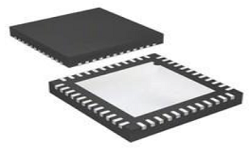 STSPIN32F0 BLDC Controller: Features, Applications and Datasheet
STSPIN32F0 BLDC Controller: Features, Applications and Datasheet20 November 20231189
 Voltage Regulator: Types, Working, and Applications
Voltage Regulator: Types, Working, and Applications23 February 202122122
 15 Key Elements of Diode Selection
15 Key Elements of Diode Selection26 November 202116025
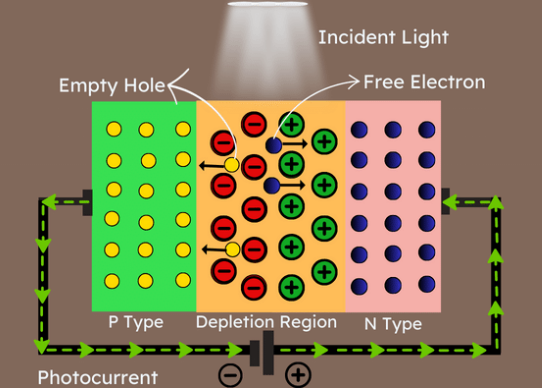 Understanding Photodiodes: Working Principles and Applications - Part 2
Understanding Photodiodes: Working Principles and Applications - Part 224 May 20243540
 Battery Charger IC Guide
Battery Charger IC Guide16 February 202210293
 Huawei's Sensor Layout
Huawei's Sensor Layout24 March 20221776
 Review of IoT-Based Smart Home Security Systems- Part 1
Review of IoT-Based Smart Home Security Systems- Part 128 March 20243445
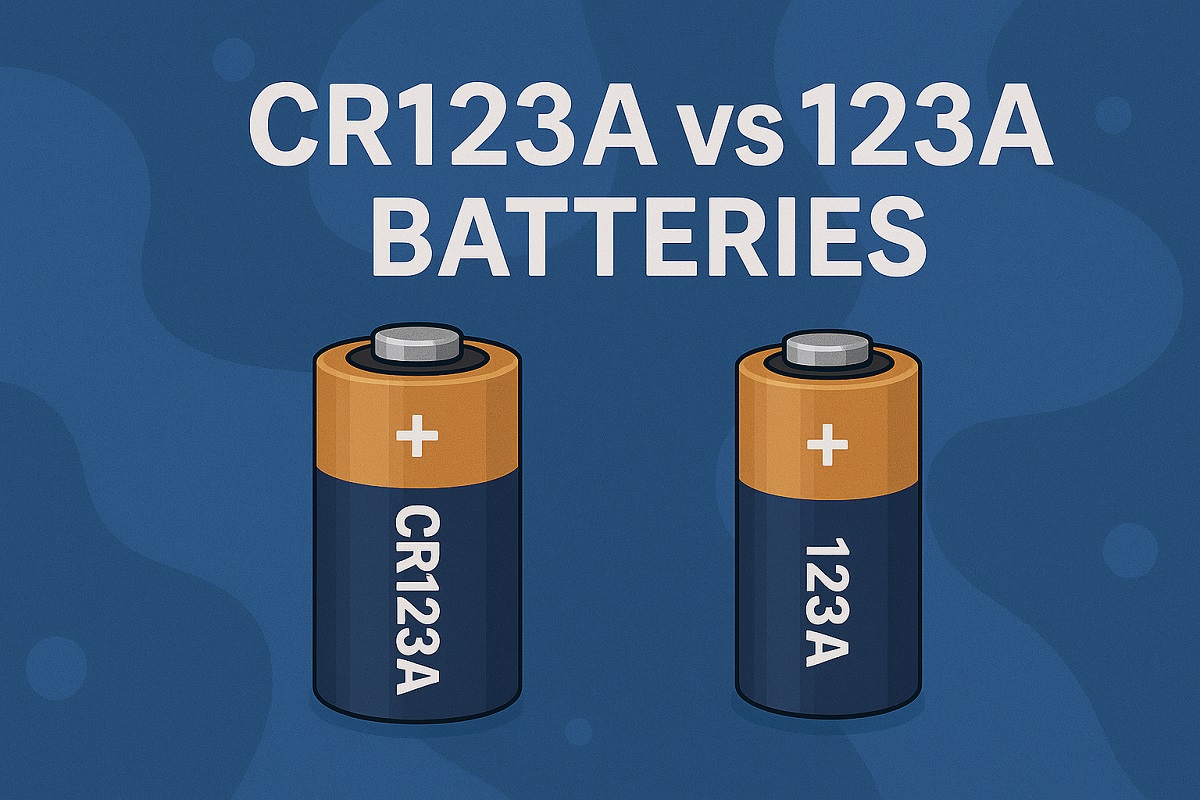 CR123A vs 123A Batteries Explained for 2025
CR123A vs 123A Batteries Explained for 202527 May 20251556
 Bearing: Features, Types and Uses
Bearing: Features, Types and Uses08 February 20227931
STMicroelectronics
In Stock: 15017
United States
China
Canada
Japan
Russia
Germany
United Kingdom
Singapore
Italy
Hong Kong(China)
Taiwan(China)
France
Korea
Mexico
Netherlands
Malaysia
Austria
Spain
Switzerland
Poland
Thailand
Vietnam
India
United Arab Emirates
Afghanistan
Åland Islands
Albania
Algeria
American Samoa
Andorra
Angola
Anguilla
Antigua & Barbuda
Argentina
Armenia
Aruba
Australia
Azerbaijan
Bahamas
Bahrain
Bangladesh
Barbados
Belarus
Belgium
Belize
Benin
Bermuda
Bhutan
Bolivia
Bonaire, Sint Eustatius and Saba
Bosnia & Herzegovina
Botswana
Brazil
British Indian Ocean Territory
British Virgin Islands
Brunei
Bulgaria
Burkina Faso
Burundi
Cabo Verde
Cambodia
Cameroon
Cayman Islands
Central African Republic
Chad
Chile
Christmas Island
Cocos (Keeling) Islands
Colombia
Comoros
Congo
Congo (DRC)
Cook Islands
Costa Rica
Côte d’Ivoire
Croatia
Cuba
Curaçao
Cyprus
Czechia
Denmark
Djibouti
Dominica
Dominican Republic
Ecuador
Egypt
El Salvador
Equatorial Guinea
Eritrea
Estonia
Eswatini
Ethiopia
Falkland Islands
Faroe Islands
Fiji
Finland
French Guiana
French Polynesia
Gabon
Gambia
Georgia
Ghana
Gibraltar
Greece
Greenland
Grenada
Guadeloupe
Guam
Guatemala
Guernsey
Guinea
Guinea-Bissau
Guyana
Haiti
Honduras
Hungary
Iceland
Indonesia
Iran
Iraq
Ireland
Isle of Man
Israel
Jamaica
Jersey
Jordan
Kazakhstan
Kenya
Kiribati
Kosovo
Kuwait
Kyrgyzstan
Laos
Latvia
Lebanon
Lesotho
Liberia
Libya
Liechtenstein
Lithuania
Luxembourg
Macao(China)
Madagascar
Malawi
Maldives
Mali
Malta
Marshall Islands
Martinique
Mauritania
Mauritius
Mayotte
Micronesia
Moldova
Monaco
Mongolia
Montenegro
Montserrat
Morocco
Mozambique
Myanmar
Namibia
Nauru
Nepal
New Caledonia
New Zealand
Nicaragua
Niger
Nigeria
Niue
Norfolk Island
North Korea
North Macedonia
Northern Mariana Islands
Norway
Oman
Pakistan
Palau
Palestinian Authority
Panama
Papua New Guinea
Paraguay
Peru
Philippines
Pitcairn Islands
Portugal
Puerto Rico
Qatar
Réunion
Romania
Rwanda
Samoa
San Marino
São Tomé & Príncipe
Saudi Arabia
Senegal
Serbia
Seychelles
Sierra Leone
Sint Maarten
Slovakia
Slovenia
Solomon Islands
Somalia
South Africa
South Sudan
Sri Lanka
St Helena, Ascension, Tristan da Cunha
St. Barthélemy
St. Kitts & Nevis
St. Lucia
St. Martin
St. Pierre & Miquelon
St. Vincent & Grenadines
Sudan
Suriname
Svalbard & Jan Mayen
Sweden
Syria
Tajikistan
Tanzania
Timor-Leste
Togo
Tokelau
Tonga
Trinidad & Tobago
Tunisia
Turkey
Turkmenistan
Turks & Caicos Islands
Tuvalu
U.S. Outlying Islands
U.S. Virgin Islands
Uganda
Ukraine
Uruguay
Uzbekistan
Vanuatu
Vatican City
Venezuela
Wallis & Futuna
Yemen
Zambia
Zimbabwe












